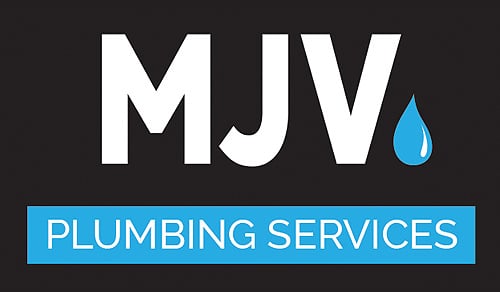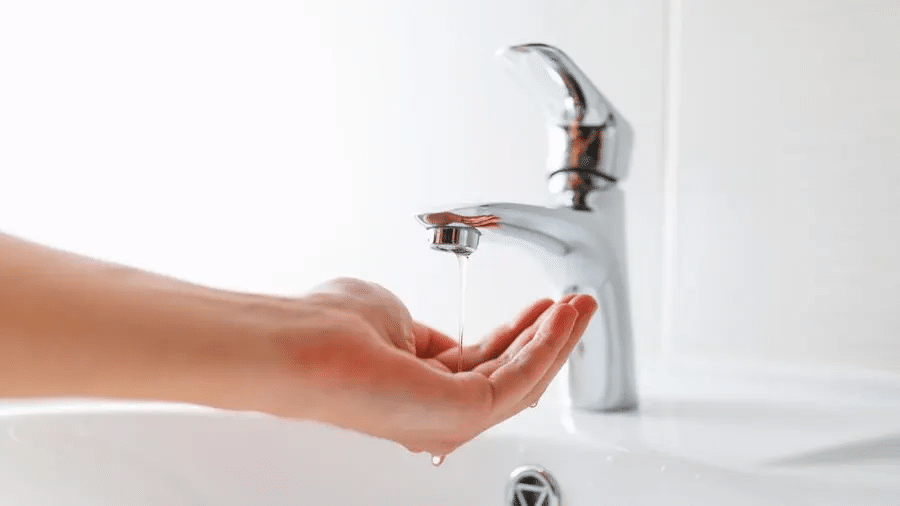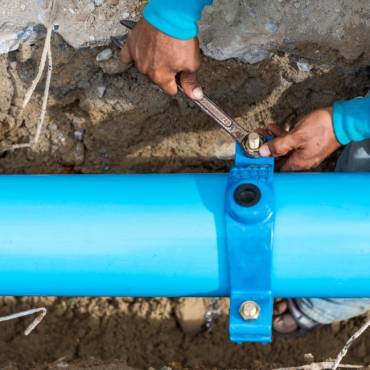Water pressure is an essential component of any household plumbing system, influencing the efficiency and functionality of everyday tasks such as showering, dishwashing, and laundry.
However, encountering low water pressure can be frustrating and inconvenient for homeowners. In this blog, we will delve into the factors contributing to low water pressure at home and explore potential solutions to address this common issue with the help of industrial plumbing in Melbourne.
Factors Which Can Contribute to Low Water Pressure At Home
Low water pressure can be due to sedimentation, debris formation, and damaged pipes. These factors are discussed in detail below.
Pipe Corrosion and Buildup: Over time, pipes can deteriorate due to corrosion, mineral buildup, or sediment accumulation, and this buildup can restrict water flow through the pipes, decreasing water pressure at the faucets and fixtures. Older homes with galvanized steel pipes are particularly prone to corrosion. At the same time, mineral-rich water can contribute to scale buildup due to minerals like calcium and magnesium in pipes.
Faulty Pressure Regulator: A pressure regulator controls the water flow into your home, ensuring the pressure remains safe and consistent. If the pressure regulator malfunctions or becomes damaged, it can lead to fluctuations in water pressure or a decrease in overall pressure throughout the house.
Leaks in the Plumbing System: Leaks in the home plumbing system can significantly impact water pressure by diverting water from the intended fixtures and channels. Whether it’s a small leak in a pipe or any disruption in the water flow, it can result in decreased pressure at various points in the house.
Water Supply Issues: External factors such as municipal water supply problems or high peak-hour demand can affect water pressure in residential areas. Fluctuations in water pressure may occur temporarily due to maintenance work, system upgrades, or changes in water distribution patterns.
Damaged Valves: Valves are a crucial part of the home plumbing system as they control the water supply in-house. Sometimes, excessive sedimentation can block them, which can cause the water pressure to fall.
Expert Guide to Fix Low Water Pressure at Home
Resolving low water pressure at home can be a multi-step process that involves identifying the underlying causes and implementing appropriate solutions. Here’s a comprehensive guide to help you address low-water pressure issues:
Check for Local Water Supply Problems: Before troubleshooting within your home, confirm whether the low water pressure results from municipal water supply issues. Contact your local water supplier to inquire about ongoing maintenance, repairs, or system-wide pressure fluctuations affecting your area’s water pressure.
Inspect Plumbing Fixtures and Faucets: Inspect individual faucets and fixtures throughout your home plumbing system to know if the low water pressure is isolated to specific areas or affects the entire house. Remove any aerators or screens from the affected fixtures and clear them thoroughly to remove any debris or sediment buildup that may obstruct the water flow.
Examine Pressure Regulator: Find the pressure regulator near the main water shut-off valve or where the water line enters your home. Inspect the regulator for any damage or malfunction, such as leaks or irregular pressure readings. If found damaged, replace it with a new one and adjust the pressure reading to set appropriately for your household’s needs.
Check for Leaks: Conduct a thorough inspection of your plumbing system, including pipes, fittings, and valves, to identify any leaks or signs of water damage. Look for damp spots, mould growth, or unexplained increases in water bills, which may indicate hidden leaks. Repair any leaks promptly to prevent further water pressure loss and potential damage to your home.
Flush the Plumbing System: Sediment and heavy mineral buildup in pipes due to mineral-rich water can contribute to low water pressure over time. Consider flushing the plumbing system, which involves opening all faucets and fixtures simultaneously to allow a high volume of water to flow through the pipes and dislodge any accumulated debris. Repeat this process periodically to help maintain optimal water flow and pressure.
Consider Pipe Replacement or Upgrades: If you have older galvanised steel pipes corroded or clogged with mineral deposits, consider replacing them with newer materials such as copper or PEX (Cross-linked Polyethylene). Upgrading your plumbing system can improve water flow and pressure while reducing the risk of future maintenance issues.
Install a Pressure-Boosting Pump: In cases where low water pressure persists despite other troubleshooting efforts, consider installing a pressure-boosting pump, which can help increase water pressure throughout your home. These pumps work by actively pressurizing the water supply to compensate for deficiencies in the municipal water supply or plumbing system.
Consult a Professional Plumber: If you cannot identify or resolve the underlying causes of low water pressure, consider seeking assistance from a licensed plumber. A professional plumbing agency like MJV Plumbing Services can comprehensively inspect your plumbing system, diagnose any issues, and recommend appropriate solutions tailored to your needs.
Conclusion
In summary, addressing low water pressure requires identifying underlying issues like pipe corrosion, faulty regulators, or leaks. Following the steps outlined in this blog, homeowners can diagnose and resolve these issues effectively, restoring optimal water flow.
Whether checking for local supply problems or considering upgrades, proactive measures can alleviate frustration and ensure efficient household plumbing systems. Consulting a professional Melbourne plumbing service for complex issues is recommended for tailored solutions. With these efforts, homeowners can enjoy improved water pressure for everyday tasks.


